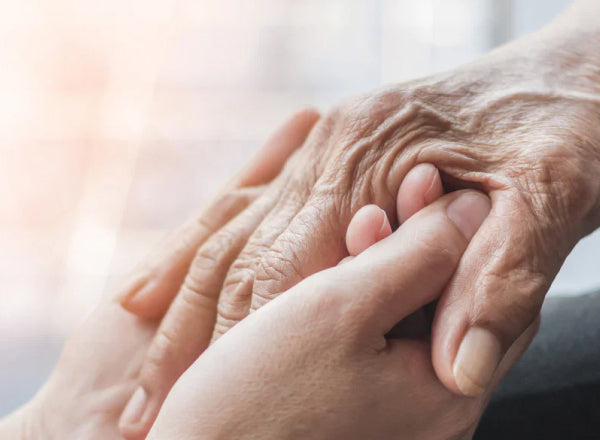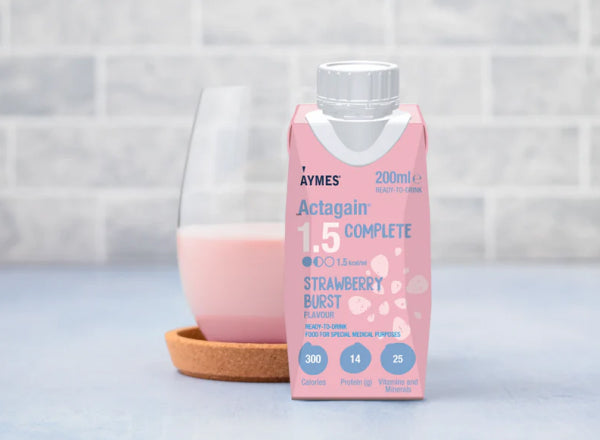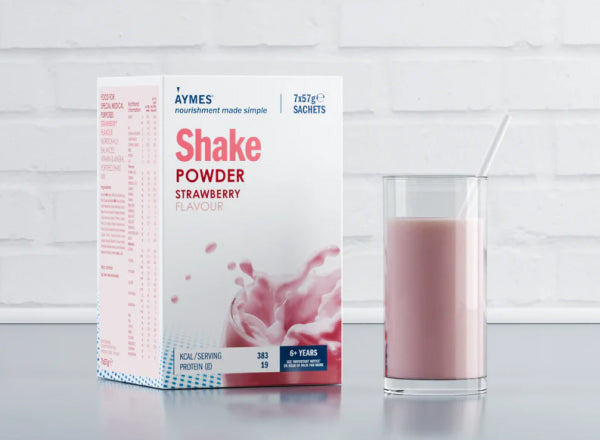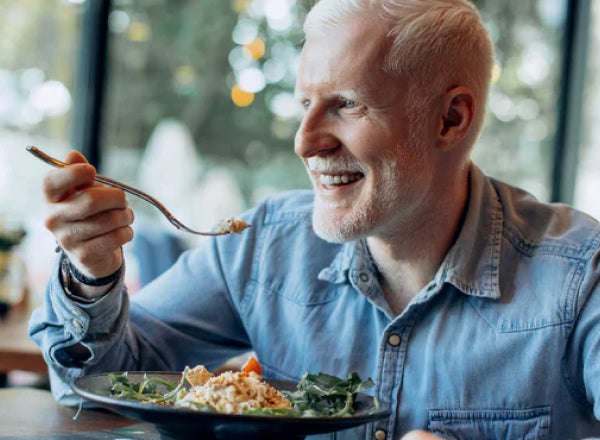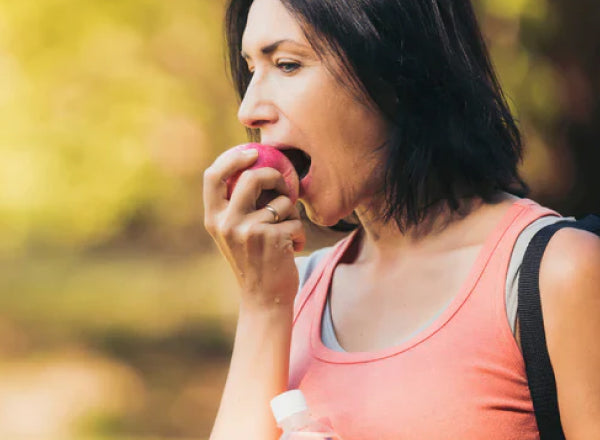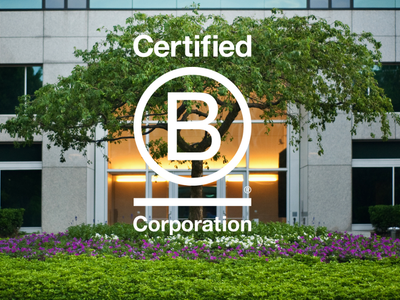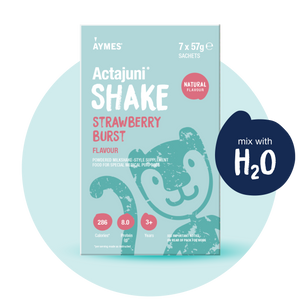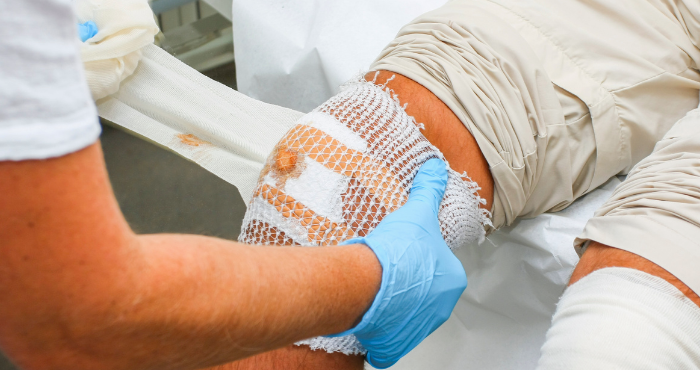
Introduction
A wound may be defined as any disruption of the integrity of skin, mucous membrane or organ tissue.¹ Wounds can result from surgery, trauma, cuts, chemicals, heat/cold, friction, force, pressure or disease processes.² Wound healing is a complex and dynamic process, which can be affected by many factors, including nutritional status.
Chronic wounds can have devastating consequences for patients.3,4 and contribute major costs to the NHS. Recent cost estimates for the treatment of chronic wounds in the United Kingdom (UK) were placed at £5 billion a year.⁵
It has long been understood that patients with chronic wounds require nutritional support,⁶ and that wound healing may be delayed in patients with malnutrition. Our population is living for longer and current social and economic strains means that malnutrition is likely to become even more widespread. Therefore, it is essential that nutrition support is taken into consideration during the treatment of patients with chronic wounds.
Chronic and Acute Wounds
Generally speaking, wounds can be classified as acute or chronic. An acute wound is any surgical wound that heals by primary intention or any traumatic or surgical wound that heals by secondary intention. An acute wound is expected to progress through the phases of normal healing, resulting in the closure of the wound.⁷
A chronic wound is a wound that does not heal or respond to treatment over the normal expected healing time frame (4 weeks),⁸ remaining in the inflammatory phase (see Figure 1).⁹ This pathologic inflammation is due to a postponed, incomplete or uncoordinated healing process.¹⁰ The four most common types of chronic wounds are pressure injuries, diabetic foot ulcers, arterial foot ulcers and venous leg ulcers.³
Older people are particularly vulnerable to chronic wounds, partly because ageing impairs wound healing and partly because the co-morbidities that underlie chronic wounds, such as cardiovascular disease and diabetes, become more common with advancing age.
The Wound Healing Process
Wound healing is a dynamic process consisting of four continuous, overlapping, and precisely programmed phases: haemostasis, inflammation, proliferation, and remodeling¹¹ (see Figure 1.). For a wound to heal successfully, all four phases must occur in the correct sequence and time frame.
Many factors can interfere with one or more phases of this process, resulting in impaired wound healing. These include medications (such as steroids), poor nutrition, advancing age, compromised immune status, infection, weight status, poor perfusion, smoking, comorbidities (e.g. diabetes) or inappropriate dressing selection.¹²
Figure 1: Phases of wound healing13
|
Haemostasis |
Platelets and coagulation factors form a fibrin clot/plug over the injury site to achieve haemostasis and a protective barrier. |
|
Inflammation |
Wound area becomes exudative with increased vascular permeability. Neutrophils and macrophages remove bacteria. |
|
Proliferation |
Wound is rebuilt with new tissue made up of collagen and extracellular matrix. Fibroblasts proliferate and angiogenesis and epithelialization occur, with collagen cross-linking and the resulting wound contraction. Granulation tissue is formed. |
|
Remodelling |
Collagen maturation and stabilisation. Wound closure. Increase in tensile strength of wound/tissue. |
Nutritional Status and Wound Healing
Compromised nutritional status can alter immune function, collagen synthesis, and wound tensile strength, all of which are essential in the wound healing process. Malnutrition refers to a state of nutrition in which a deficiency or excess (or imbalance) of energy, protein and other nutrients causes measurable adverse effects on tissue / body form (body shape, size and composition) and function and clinical outcome.14
Malnutrition delays healing in a number of ways.15 These include reducing the availability of nutrients for cell maintenance/repair, reducing cushioning effect of fat for protection (in underweight patients), reducing skin resistance, and decreasing immunity. Additionally, malnutrition has been implicated as an important cause in the development of pressure sore injuries.16
Malnutrition is not restricted to persons with a low body mass index or with unintentional weight loss of 5-10% (over 6 months).17 Sarcopenic obesity (the combination of both obesity and sarcopenia) is associated with the development and delayed healing of venous leg ulcers and pressure injuries.18
It is recommended that individuals at risk of/with chronic wounds are screened for malnutrition, using an appropriate, validated screening tool, such as the “Malnutrition Universal Screening Tool’ (‘MUST’).19
Nutrients and Wound Healing
Macronutrients, (protein, carbohydrate, and fat) have an important role in preserving tissue viability and in supporting wound healing.20 The consumption of adequate energy supports collagen and nitrogen synthesis, promoting anabolism by sparing protein from being used as an energy source.
Increased protein levels are required and linked to improved wound healing.21 Protein has a role in platelet function, immune response, fibroblast proliferation, and wound remodeling.12 During wound healing, protein requirements are raised. Response to an injury increases the metabolic needs of the wound area, and large amounts of protein can be continually lost through wound exudates.6 Negative pressure wound therapy uses a suction pump, tubing and a dressing to remove excess exudate and promote wound healing. This therapy increases protein losses by an estimated 12.5 grams of protein per litre of fluid loss.22
Inadequate dietary protein results in increased skin fragility, delayed progression from the inflammatory to the proliferative phase, decreased immune function with poor healing.11 Collagen formation may be reduced where there is inadequate protein. Collagen, the major protein component of connective tissue, is composed primarily of amino acids glycine, proline, and hydroxyproline. Deficiency of these and other amino acids can impair collagen production and wound healing.23
The amino acids arginine and glutamine may also play an important role in wound healing. Used in the synthesis of protein, arginine promotes the transport of amino acids and insulin secretion. Glutamine assists in the synthesis of nitrogen, which is needed to repair wounds such as pressure injuries. Both arginine and glutamine become conditionally essential during times of severe stress or injury.
There have been very few studies conducted with glutamine and chronic wound healing. Current evidence suggests that arginine supplementation in conjunction with oral nutrition supplementation24 may promote wound healing in malnourished and non-malnourished patients. However, high-quality studies are needed in order to conclude that arginine or glutamine supplementation should be used to promote healing in chronic wounds.19,25
Beyond proteins, both carbohydrates and fats provide additional (protein sparing) energy to support the wound healing process. Carbohydrates have a number of roles in wound healing.26 These include providing energy for leukocytes and macrophages, a role in fibroblast production, and collagen formation.
Alongside provision of energy, fats have structural functions in the bilipid membranes of cell membranes. Omega-6 fatty acids are precursors of prostaglandins: (mediators of cellular inflammation and metabolism)27 Conversely, omega-3 fatty acids, eicosapentaenoic acid (EPA) and docosahexaenoic acid (DHA), have an anti-inflammatory role and may decrease wound tensile strength with a harmful effect on healing.28 In combination with omega-6, however, supplemental omega-3 fats have been shown to decrease progression of pressure ulcers.29 However, the overall effect of essential fatty acids on wound healing is still unclear.23
There are several key micronutrients essential for wound healing, (see Figure 2). Supplemental doses are generally not recommended for wound healing unless deficiency is present.23
Figure 2: Key Micronutrients, Functions and Food Sources13,22
|
Micronutrient |
Role in Wound Healing |
Food Sources |
|
Vitamin A (30) |
Protein synthesis, collagen formation, maintenance of epithelium, immune function May delay healing in older adults on corticosteroids. Deficiency impairs wound healing. |
Dairy products, oily fish, liver, milk, dark green and yellow vegetables (carrots, sweet potatoes, broccoli, spinach, apricots). |
|
Vitamin C (31) |
Collagen formation, enhances activation of leukocytes and macrophages to wounds, improves tensile strength, aids in iron absorption. Deficiency impairs wound healing. |
Citrus fruits, tomatoes, potatoes, broccoli, peppers. |
|
Zinc (32) |
Cofactor for collagen formation, metabolises protein, assists in immune function, liberates vitamin A from the liver, interacts with platelets in blood clotting. Deficiency impairs wound healing. |
Meats, liver, eggs, pulses, wholegrains and seafood. |
|
Iron |
Transports oxygen to the cells as a component of haemoglobin, important in collagen formation, creates energy from cells. Deficiency impairs wound healing. |
Haem iron- meats, poultry, and fish. Non-haem iron- green leafy vegetables, grains, eggs. |
Nutritional Recommendations for Wound Healing
There are summary guidelines for chronic wound care management from the PEN Knowledge Pathway, Wound Care and Pressure injuries (updated 2017/2018) and the National Pressure Ulcer Advisory Panel, the European Pressure Ulcer Advisory Panel and the Pan Pacific Pressure Injury Alliance (NPIAP) (updated 2019).
Individuals at risk/with chronic wounds should be screened for malnutrition using an appropriate, validated screening tool, and/or have a full nutrition assessment. 22 For patients with chronic wounds, nutritional plans should ensure that adequate calories, protein, fluids, vitamins and minerals are provided.
Energy requirements for people requiring nutritional support for wound healing (for those with or at risk of malnutrition) are 30-35 kcal/kg body weight/day. A protein intake of 1.25-1.5 g/kg/day is recommended. Goals should be individualised and adjusted according to the patient’s clinical condition. Additionally, fluid intake should be individualised and based on comorbidities, clinical goals, and symptoms.22,33
A “food first” approach is recommended as an initial strategy to meet nutrient requirements.34 This may involve the encouragement of frequent meals, snacks and nourishing drinks, and fortifying food with the addition of fats and sugars. Food fortification makes use of everyday foods to enrich the diet with energy and protein. For example, adding butter, cream, cheese, full fat milk, skimmed milk powder and oils to meals to boost their energy and/or protein content.
If nutrition requirements cannot be achieved by dietary intake alone, oral nutritional supplements (ONS) can be of benefit for patients with chronic wounds.35,36 ONS should be offered to patients at risk of malnutrition with stage 2 to 4 pressure injuries (Figure 3) for at least four weeks to complete healing.22
Figure 3: Pressure Injury Classification (37)
Stage 1 – non-blanchable erythema of intact skin
Stage 2 – partial thickness skin loss with exposed dermis
Stage 3 – full thickness tissue loss
Stage 4 – full thickness skin and tissue loss
Unstageable Pressure Injury: obscured full-thickness skin and tissue loss
For patients with diabetic foot ulcers, care plans should also aim to achieve glycemic control, as this can promote wound healing. For individuals with obesity, nutritional care should be optimised to enable wound healing, recognising that a restrictive low energy diet could compromise the process. Weight loss diets should only be implemented once a wound is healed.33
Summary
Wound healing is a dynamic process consisting of four continuous, overlapping, and precisely programmed phases. Chronic wounds are those which fail to progress healing or respond to treatment over the normal expected time frame. Several factors, including nutritional and weight status, can affect wound healing.
Malnutrition is associated with impared wound healing in patients with chronic wounds. Patients with chronic wounds require adequate intake of energy and macronutrients to support wound healing. Protein is particularly important, due to raised requirements after injury and losses in wound exudates.
Individuals at risk of or with chronic wounds should be screened for malnutrition, using an appropriate, validated screening tool. The “food first” approach is recommended as an initial strategy to meet nutrient requirements. However, if nutrition requirements cannot be achieved by dietary intake alone, oral nutritional supplements (ONS) can be of benefit for wound healing.

